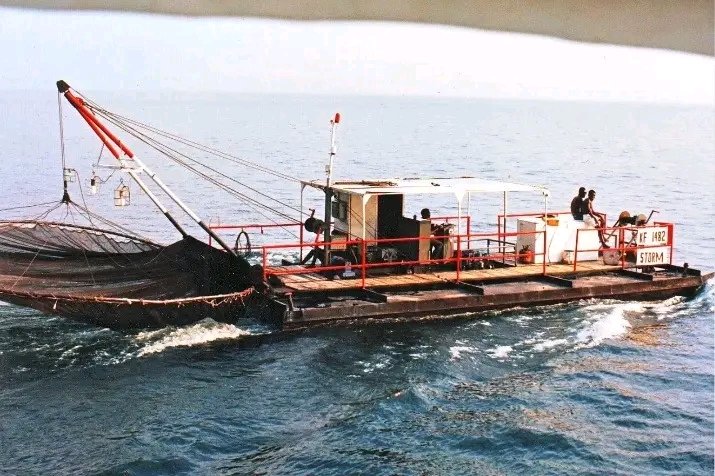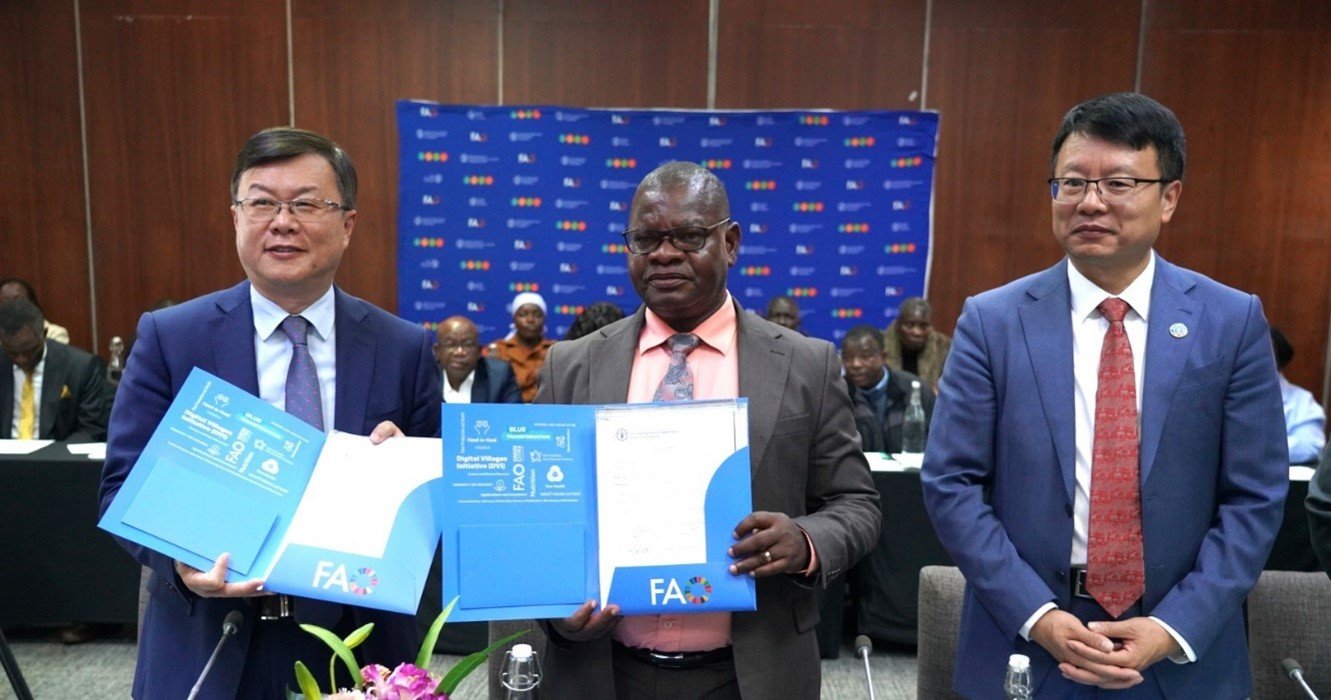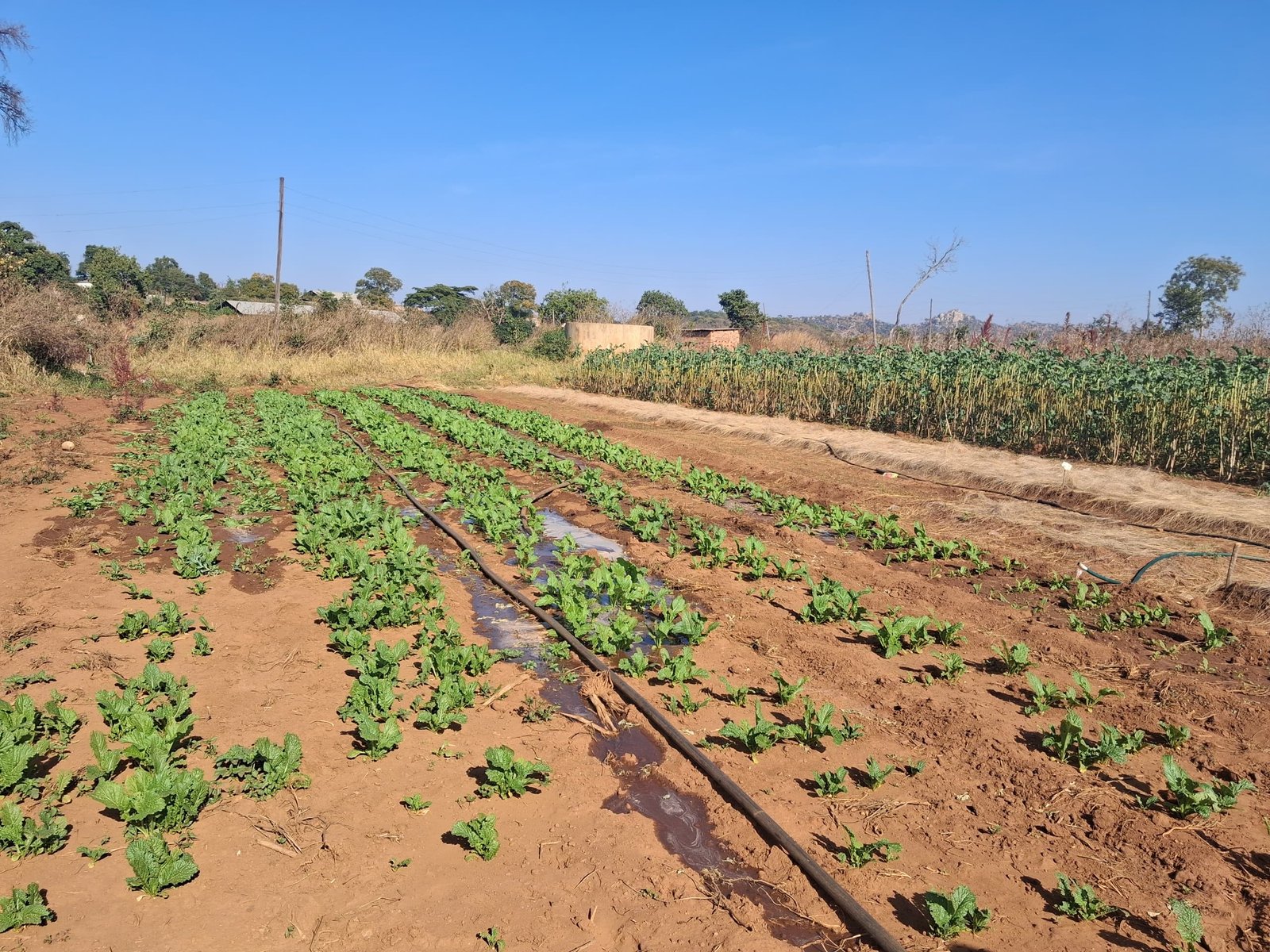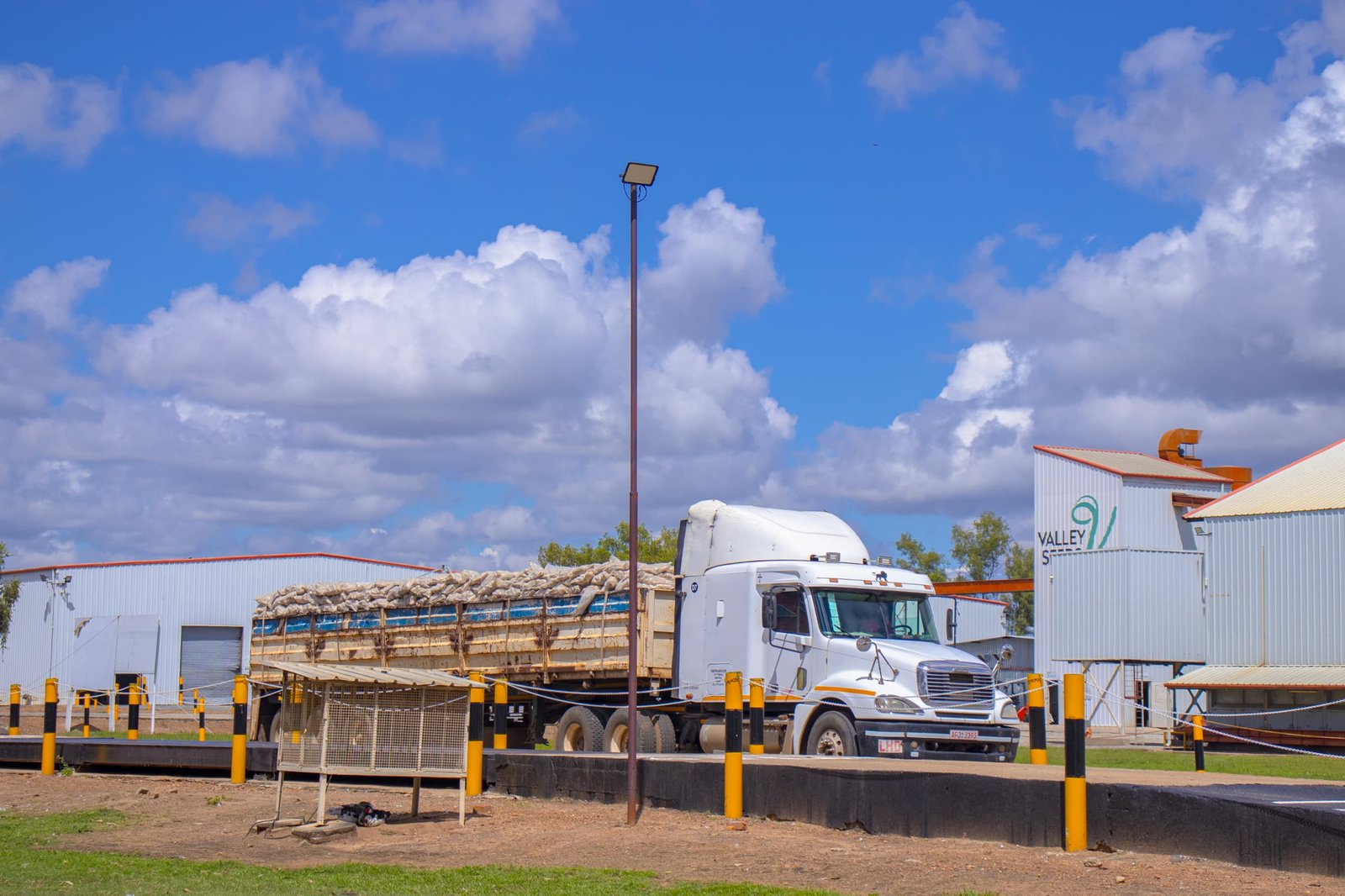Zimbabwe National Parks and Wildlife Management Authority (ZimParks) has extended temporary fishing restrictions on Lake Kariba until May 31, 2025, maintaining a reduced minimum allowable fishing depth of 17 meters instead of the standard 20 meters, officials announced Thursday.
The move follows assessments showing persistently low catches of kapenta, a critical freshwater fish, amid drought-driven water shortages and ZimParks described the depth adjustments as an “adaptive measure” to sustain livelihoods while protecting dwindling fish stocks.
ZimParks initially imposed the measure from November 2023 to February 2024 after Lake Kariba’s water levels dropped due to an El Niño-induced drought. However, with water recovery slower than anticipated and kapenta yields remaining stagnant, the agency opted for an extension.
“ZimParks has been proactively conducting assessments on lake levels and has noted that while Lake Kariba level is improving the change has not been significant enough to necessitate the normalisation of kapenta fishing conditions.
“Consequently, the authority has decided to extend the implementation of the temporary measures for the Kapenta Fishery of Lake Kariba that were first introduced through the October 2024 correspondence,” said ZimParks Director-General Professor Edison Gandiwa.
He emphasized the rules aim to balance conservation with support for struggling fishers.
“Fishers from Basin 1 (Mlibizi) and 2 (Binga) are allowed to fish in Basin 3 (Sengwa) waters up to May 31, 2025. However, this extended intervention shall not allow Basin 3 fishers to fish in Basins 1 and 2,” Gandiwa added.
Kapenta production has plummeted 83% since the 1990s, falling from 30,000 tonnes to 5,175 tonnes in 2023, according to government data. A Fisheries and Aquaculture Resources Department (FARD) report cited overfishing and shrinking habitats due to drought as key drivers, with annual harvests declining steadily from 5,950 tonnes in 2020/21 to 5,175 tonnes in 2023/24.





